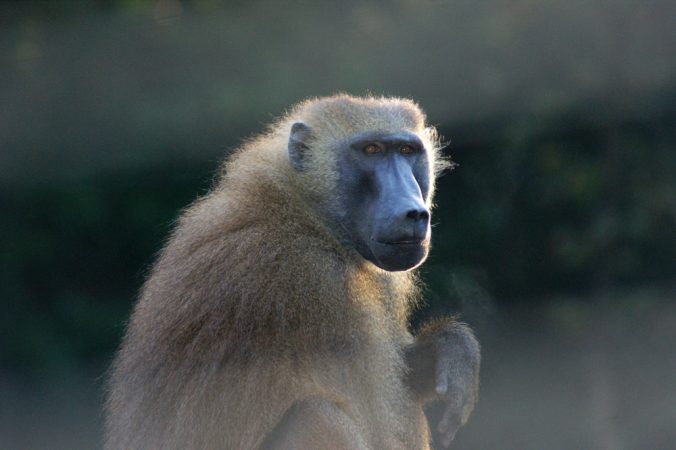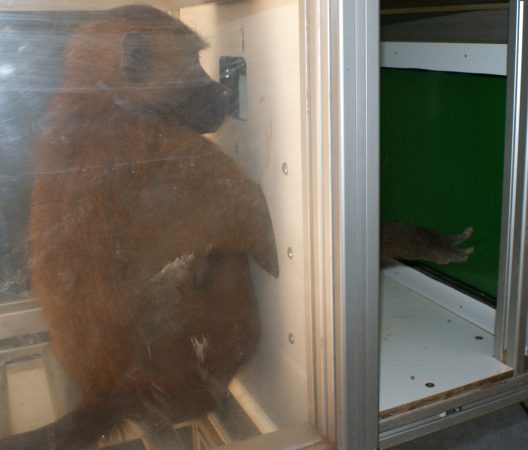Baboons detect bogus words
Some monkeys know a real word when they see it

Baboons may not know what different words mean, but they can tell real words from a nonsense string of letters. A team of researchers recently came to this conclusion after helping some monkeys study written English words.
Don’t worry. We’re not headed for Planet of the Apes. Though fake words didn’t fool the monkeys, the animals didn’t know what any of the words meant. In other words, they weren’t reading. The scientists suspect the monkeys instead picked up on how strings of letters look in real words.
“We think our baboons learned to distinguish between specific combinations of letters that mostly appear in words versus combinations of letters that mostly appear in nonwords,” psychologist Jonathan Grainger from the University of Aix-Marseille in France told Science News. Grainger, who led the new experiment, studies brain functions related to reading.
If Grainger is right, then some current ideas about how we humans learn to read might be wrong. Many scientists assume that matching written letters with their sounds is one of the first steps in learning to read. But the new study suggests that the process might be even more visual. Just as the brain can learn to tell the difference between what a desk looks like and what a lamp looks like, it can learn to tell the difference between the appearance of the letters “a” and “e.”

All primates have the ability to tell objects apart based on what they look like. Grainger and his colleagues propose that this visual ability is important in the early stages of reading. In the new study, the scientists say, the baboons identified which pairs of letters show up more often in real words. (“Ht” is less common in words than “th,” for example.) The monkeys correctly identified real words without knowing how the words sound.
The experiment involved six baboons that went through training programs on touch-screen computers. They received a treat if they touched a cross on the screen after seeing a real word. They also received a treat if they touched an oval shape on the screen after a nonsense word appeared.
As the baboons improved their performances, new words popped up. Over time, the baboons learned to recognize the letter properties of real words like done and vast and nonsense words like dran and virt.
After more than a month of training, most of the animals got pretty good. About three out of every four times, on average, the baboons could correctly tell whether a word was real or nonsense. By the end of the experiment, they could recognize dozens of real words, even when presented with more than 7,000 nonsense words. The highest-scoring monkey identified 308 real words; the lowest-scoring monkey picked out 81.
POWER WORDS (adapted from the New Oxford American Dictionary)
primate A group of mammals that includes lemurs, bush babies, tarsiers, monkeys, apes and humans. Primates have grasping hands and feet, forward-facing eyes and are typically agile tree-climbers.
baboon A large ground-dwelling African monkey with a long, doglike snout and large teeth. Baboons are social animals and live in troops.
psychology The scientific study of the human mind and its functions.







